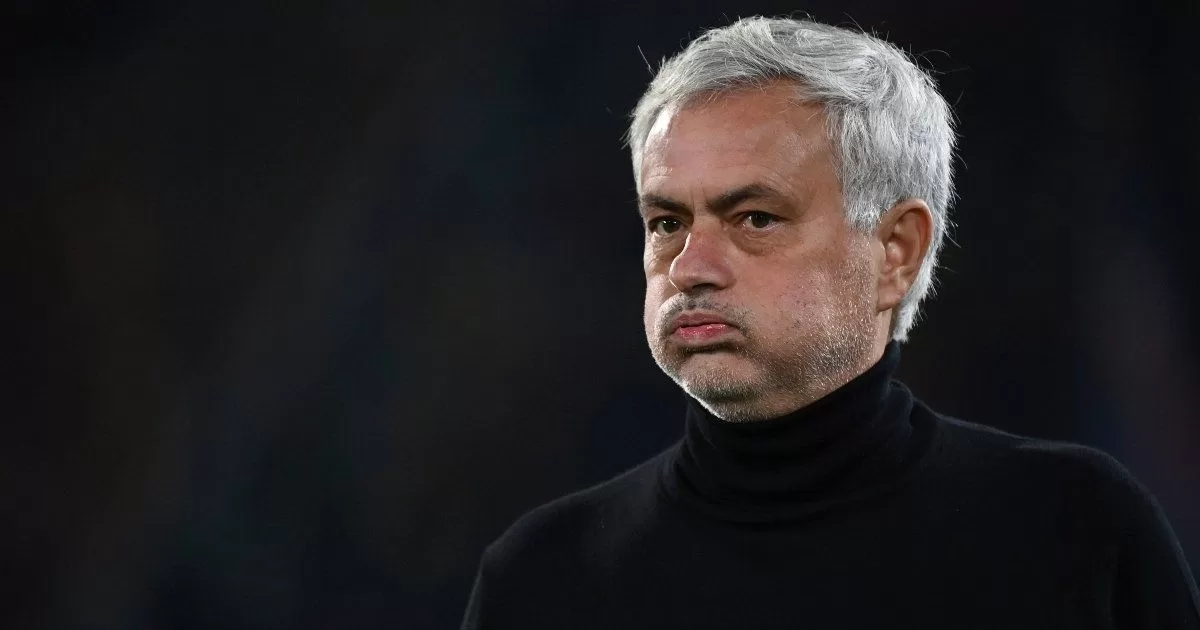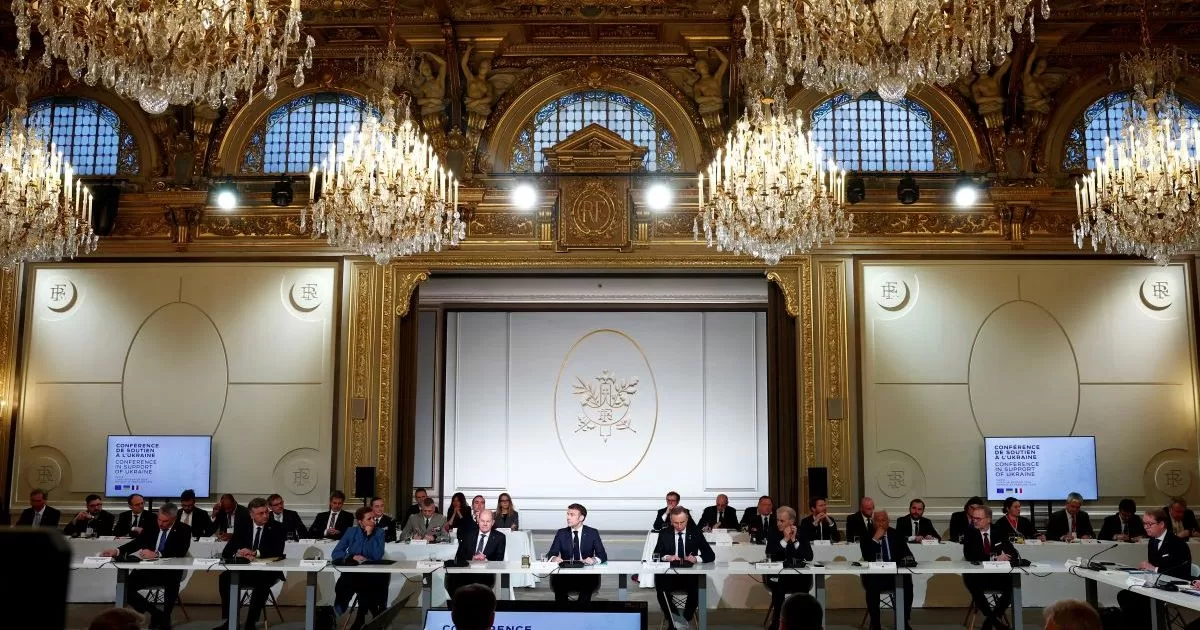Recently, the Science and Safety Board of the Bulletin of the Atomic Scientists (in Spanish, Bulletin of Atomic Scientists) advertisement That advanced the needles of the “Doomsday Clock”. This metaphor refers to a visual representation of the remaining time to the arrival of the end of the world.
“We live in a time of unprecedented danger, and the Doomsday Clock reflects that reality. 90 seconds to midnight is the closest the Clock has ever been to midnight, and it’s a decision our experts don’t take lightly. The US government, its NATO allies, and Ukraine have a multitude of channels for dialogue; we urge leaders to explore them all to their fullest capacity to turn back the Clock,” said rachel bronsonDr. President and Executive Director of the Bulletin.
The Bulletin of the Atomic Scientistsan academic publication aimed at the general public to inform about the dangers and implications of nuclear and other forms of dangerous technology, was created in 1945 by Albert Einstein and the University of Chicago scientists who helped develop the first atomic weapons in the Manhattan Project during World War II.
Two years later, the co-editor Hyman Goldsmith asked the artist Martin Langsdorf to create a design for the cover of the June 1947 issue of the Bulletin, the first published as a magazine rather than a bulletin. Martyl, who was married to a Manhattan Project physicist, initially considered using the symbol for uranium (fuel for atomic bombs). But as she listened to the scientists who had worked on the bomb discuss the consequences of the new technology and their responsibility to inform the public, she felt her sense of urgency. She then drew a clock to warn humanity how close we are to the destruction of our planet with technologies created by ourselves. It is a metaphor, a reminder of the dangers we must deal with if we are to survive.
Since then, the Doomsday Clock moved forward and backward several times. In 1991, for example, the end of the Cold War caused the Bulletin to set the clock at 17 minutes to midnight. This year, however, we are as close to midnight as we have ever been.

The reasons for bringing the needles forward, largely but not exclusively, the growing dangers of Russia’s war against Ukraine and Russia’s threats to use nuclear weapons (in the words of the Board, “the possibility that the conflict could get out of control remains high”).
This, in turn, undermines global efforts to combat climate change, adding another reason. Countries dependent on Russian oil and gas sought to diversify their supplies and suppliers, leading to increased investment in natural gas when such investment should have been reduced.
In this context, they add, Russia’s accusations that Ukraine planned to use radiological dispersal devices (a combination of explosives also known as a “dirty bomb”), chemical weapons and biological weapons They take on a new meaning.
In short, the Russian invasion increased the risk of the use of nuclear weapons, raised the specter of the use of biological and chemical weapons, crippled the global response to climate change, and hampered international efforts to address other global concerns.
“Finding a path to serious peace negotiations could go a long way in reducing the risk of escalation. In this moment of unprecedented global danger, concerted action is required and every second counts,” they concluded.



